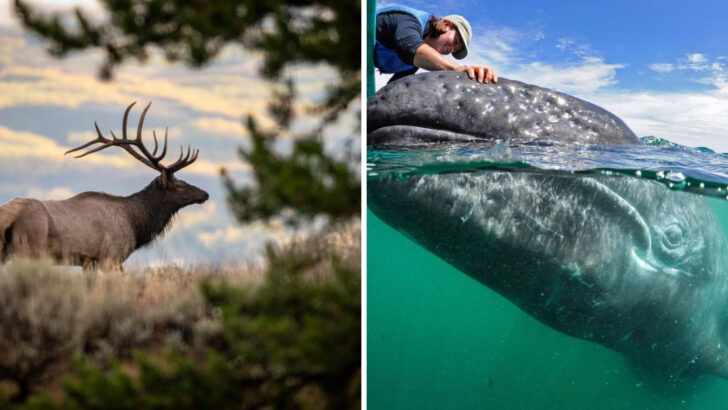America’s national parks are witnessing a resurgence in wildlife, with many animals making remarkable comebacks.
This phenomenon showcases the success of conservation efforts and highlights the resilience of nature.
From majestic birds to elusive mammals, these national treasures are reclaiming their habitats, providing a beacon of hope for biodiversity and environmental sustainability.
Here, we explore 20 incredible animals making a comeback, celebrating their unique traits and the efforts that have contributed to their revival.
Each story is a testament to the power of preservation and the beauty of witnessing these creatures thrive once again.
Gray Wolf
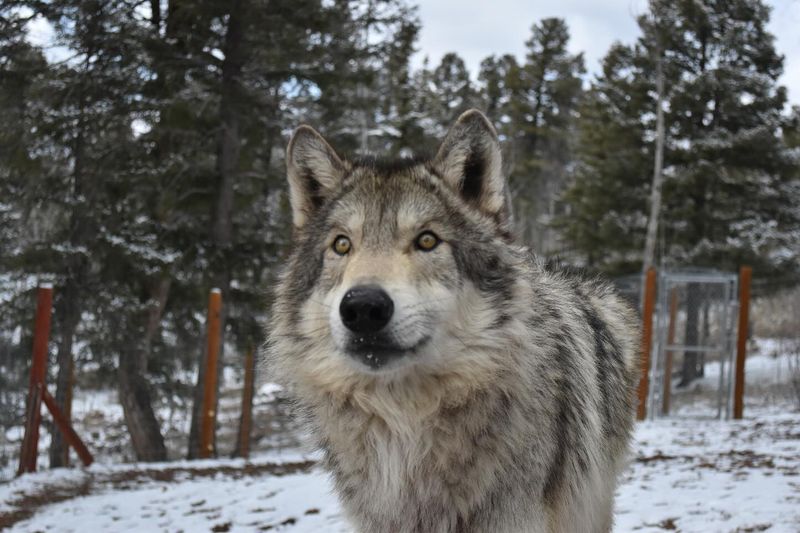
The haunting howl of the gray wolf is echoing once more in Yellowstone. After years of absence, these majestic predators have returned, symbolizing a triumph of conservation.
Their reintroduction in the 1990s sparked ecological changes, balancing the park’s ecosystem. Gray wolves are known for their complex social structures and teamwork in hunting.
Did you know? A wolf pack’s territory can span over 50 miles. Witnessing them roam free is a testament to nature’s resilience. Their comeback has not only enriched the park but also inspired efforts to restore other endangered species.
American Bison
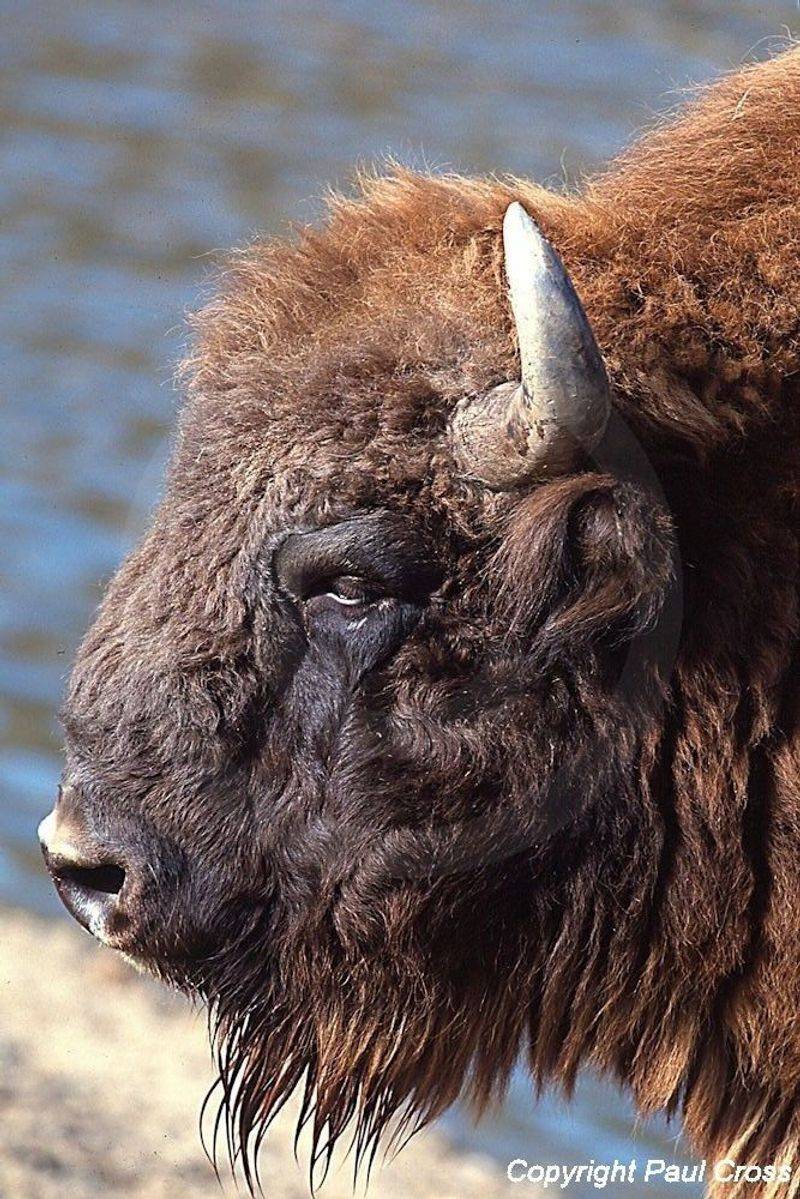
Once nearly extinct, the American bison now roam the plains of Yellowstone in impressive numbers. These iconic giants are a symbol of the American West and a success story of conservation.
Bison play a crucial role in maintaining grassland ecosystems by grazing patterns that promote diversity. A mature bison can weigh up to 2,000 pounds. Their comeback is a reminder of how determined efforts can revive a species.
The sight of these majestic creatures against the backdrop of the park’s landscape is truly awe-inspiring, connecting us to the country’s natural heritage.
California Condor
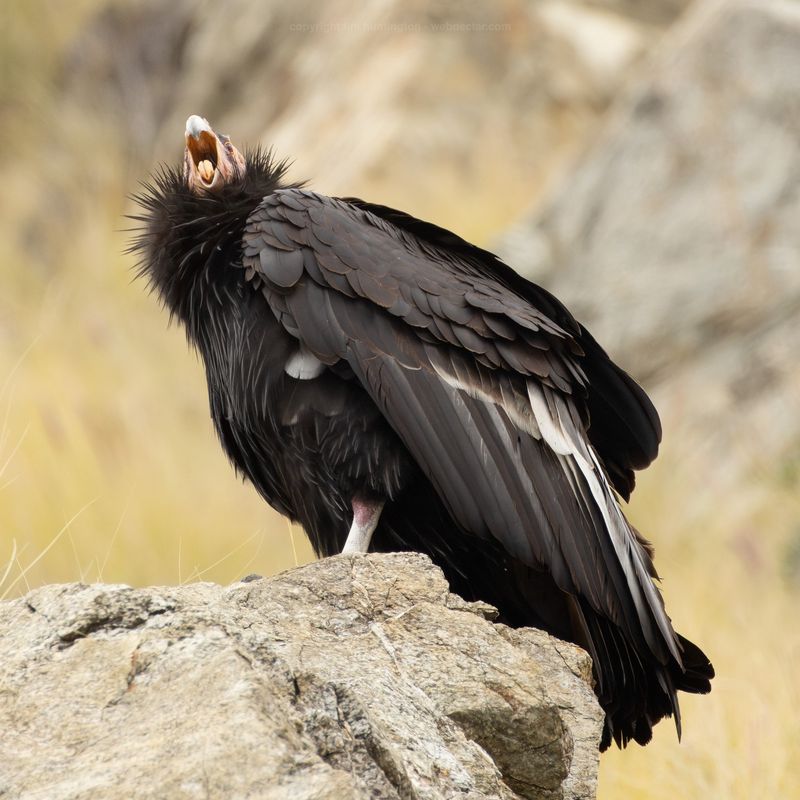
With wings stretching nearly 10 feet, the California condor is a marvel of the skies. This bird, once facing extinction, is now soaring again in the Grand Canyon.
Conservationists have worked tirelessly to increase their numbers, monitoring nests and tracking flight patterns. Condors play a vital role in the ecosystem as scavengers.
Did you know? They can fly up to 150 miles in a single day searching for food. Their return to the wild is a beacon of hope for avian conservation and a spectacle for visitors to the park.
Florida Panther
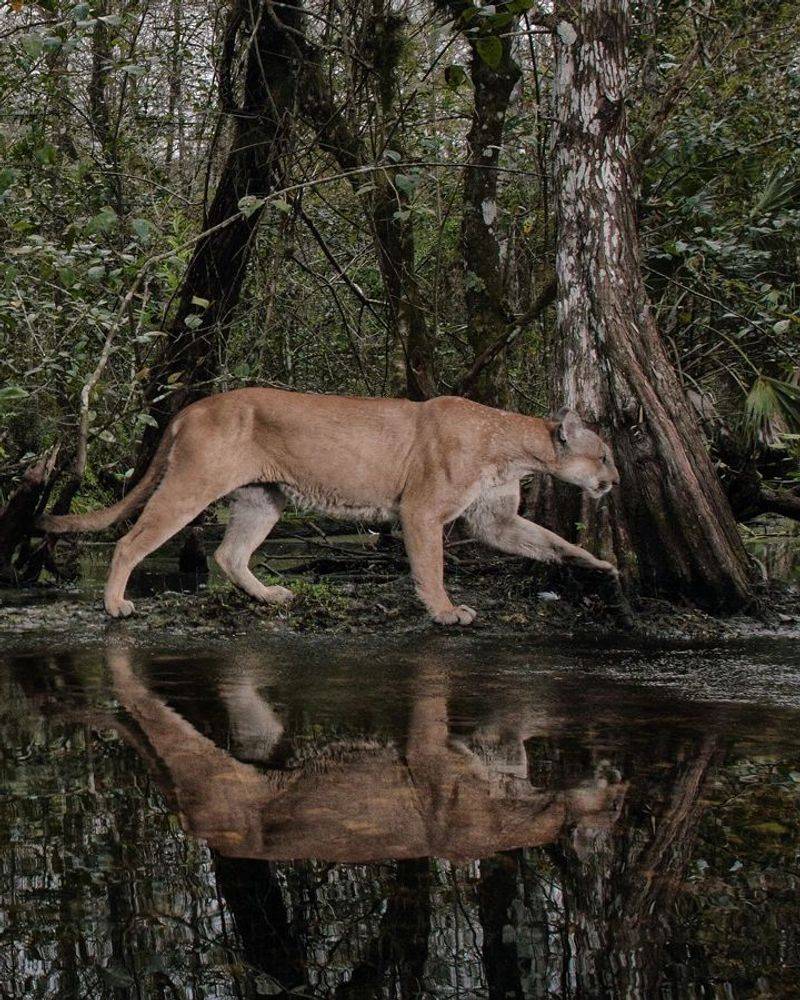
The elusive Florida panther, with its piercing eyes and agile movements, is prowling the Everglades once more. This majestic cat was on the brink of extinction but has been brought back through dedicated conservation efforts.
Panthers are solitary and require large territories for hunting. A single male’s territory can cover over 200 square miles. Their recovery is crucial for maintaining the balance in southern Florida’s ecosystems.
Observing a Florida panther in its natural habitat is a rare and thrilling experience, symbolizing hope for endangered species worldwide.
Bald Eagle
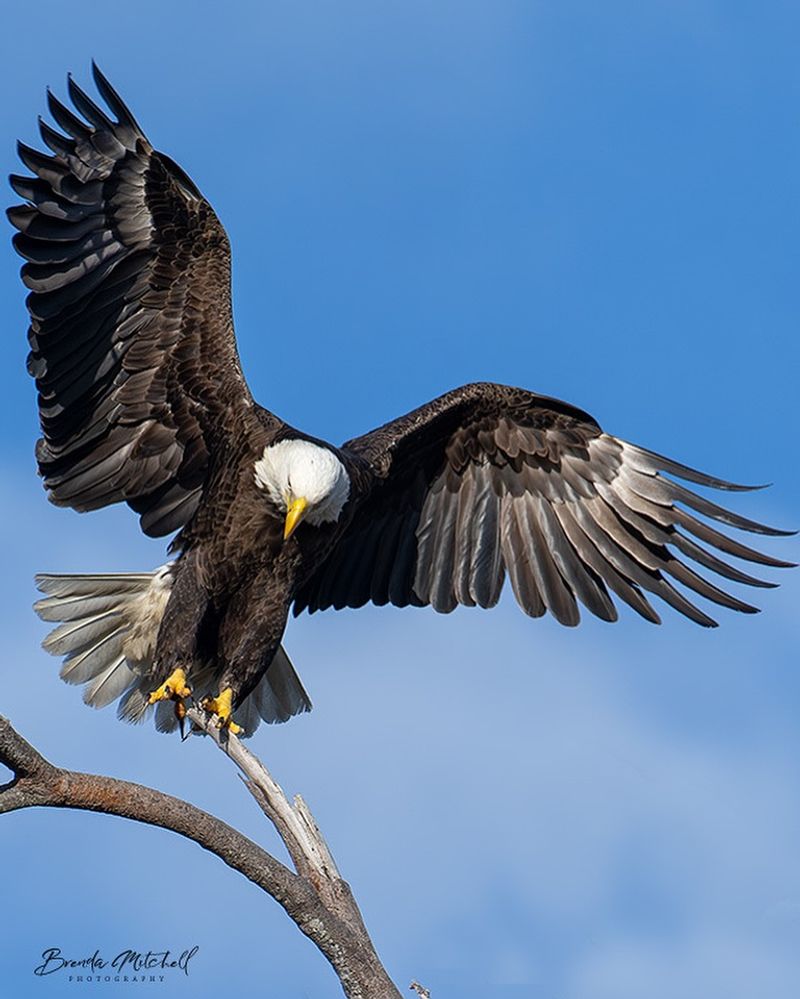
Soaring through the skies with regal grace, the bald eagle has returned to Denali National Park, embodying the spirit of America. Once endangered, these iconic birds have made a remarkable recovery due to legal protection and habitat restoration.
Bald eagles build some of the largest nests of any bird, often reused for years. Did you know? Their wingspan can reach over seven feet.
Spotting a bald eagle in the wild is a powerful reminder of successful conservation and the enduring symbol of freedom and strength.
Gray Whale
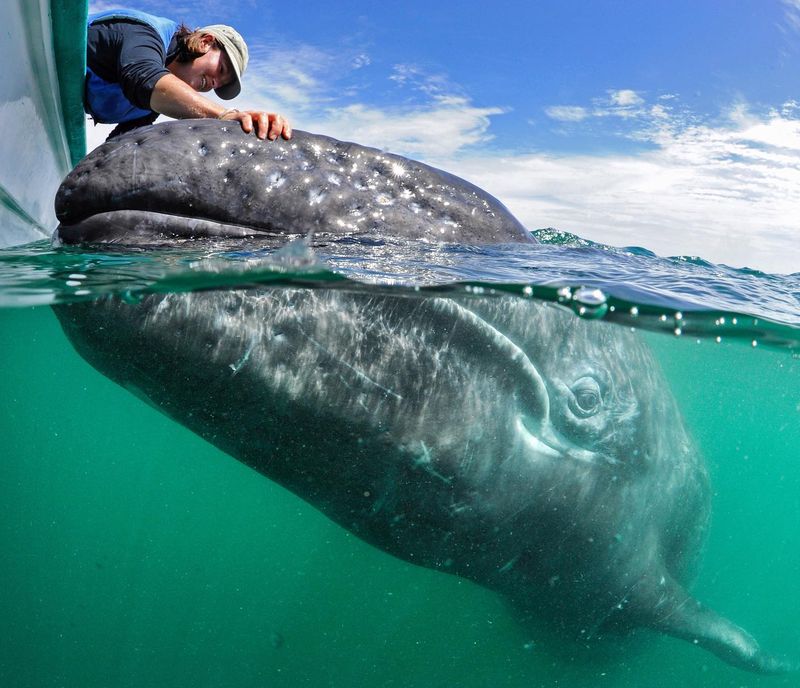
The majestic gray whale is gracing the waters of Olympic National Park once again. These gentle giants embark on one of the longest migrations of any mammal, traveling thousands of miles each year.
Conservation and protection of their migration routes have been key to their resurgence. Gray whales are known for their barnacle-covered skin and friendly nature, often approaching boats.
Seeing a gray whale breach is a breathtaking experience, a testament to marine conservation efforts. Their return to these waters signifies hope for ocean biodiversity and the health of marine ecosystems.
Peregrine Falcon
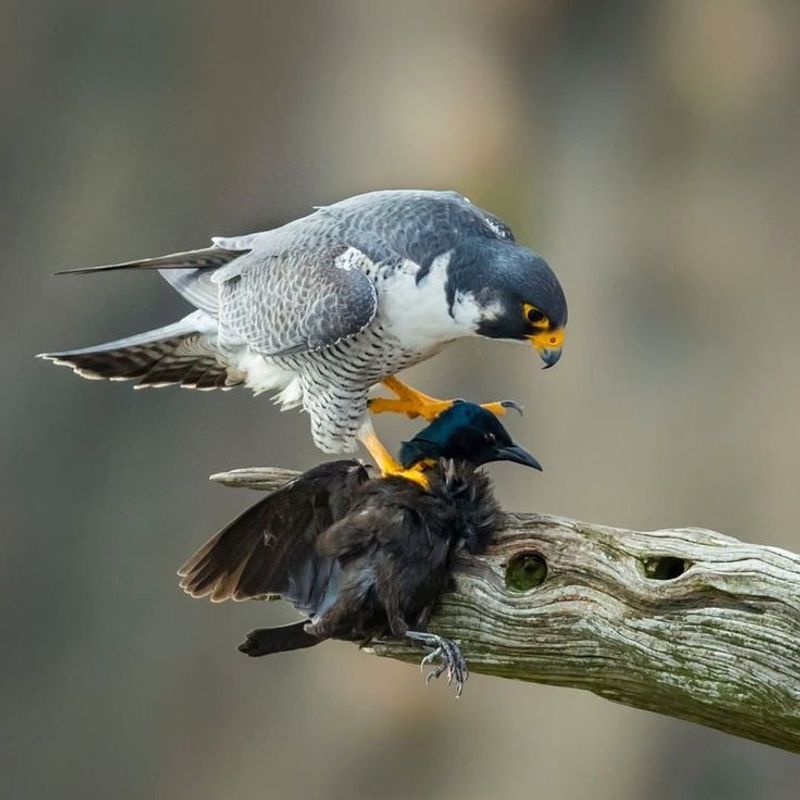
With unmatched speed and agility, the peregrine falcon is once again dominating the skies over Zion National Park. Known as the fastest bird in the world, reaching speeds over 240 miles per hour, their recovery from near extinction is a remarkable feat.
Conservation efforts, including banning harmful pesticides, have facilitated their comeback. These birds are expert hunters, often catching prey mid-flight.
Did you know? Peregrine falcons have been used in falconry for over a thousand years. Their presence in Zion is a thrilling spectacle for bird enthusiasts and a victory for conservationists.
Elk
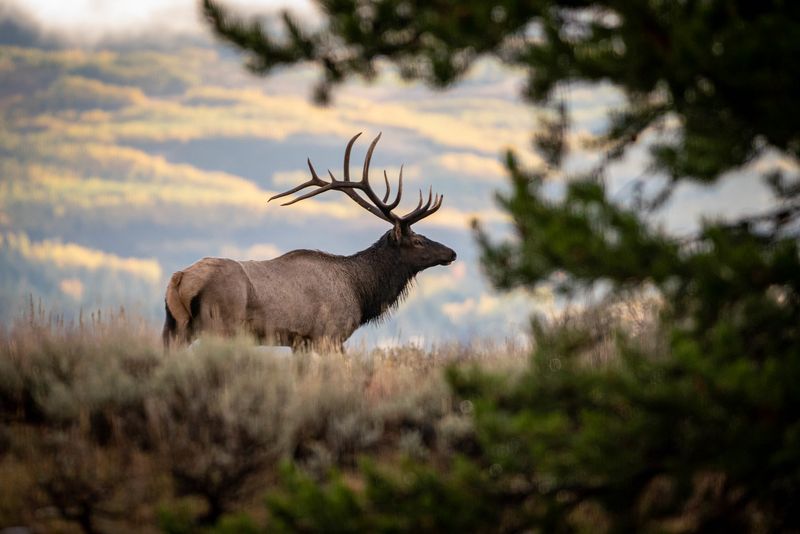
The regal elk, with its impressive antlers, is thriving once more in Rocky Mountain National Park. These large herbivores are vital to the ecosystem, influencing vegetation and providing prey for predators.
Conservation programs have bolstered their populations, allowing them to roam freely across the park. Did you know? Elk antlers can grow up to an inch a day during the peak season.
Observing a herd of elk in their natural habitat is a captivating experience, offering a glimpse into the interconnectedness of life within the park’s ecosystem.
Sea Otter
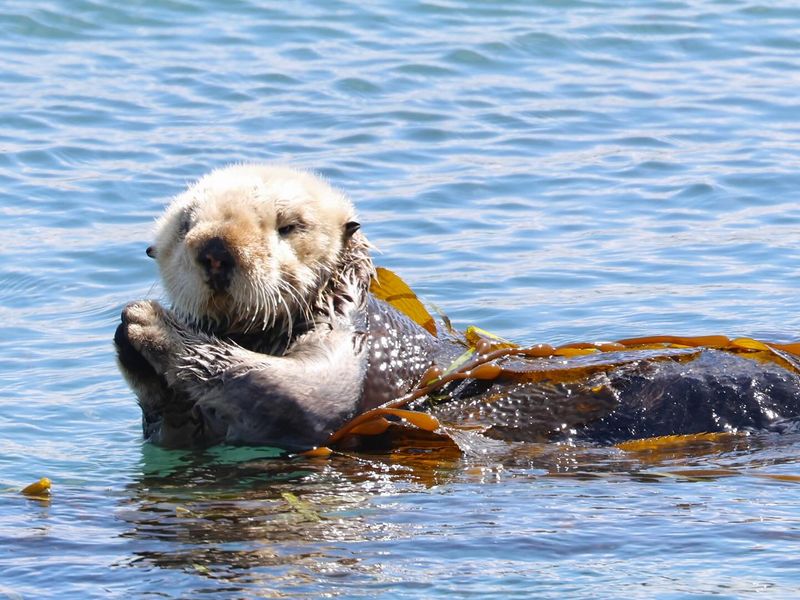
Floating playfully in the kelp forests of Glacier Bay National Park, the sea otter is a symbol of marine recovery. These adorable creatures were once hunted to near extinction for their fur.
Conservation efforts have helped their populations bounce back, restoring balance to the coastal ecosystem. Sea otters are known for using tools to open shellfish, a unique behavior among marine mammals.
Their presence is crucial, as they maintain the health of kelp forests by controlling sea urchin populations. Watching a sea otter at play is a heartwarming testament to successful wildlife preservation.
Humpback Whale
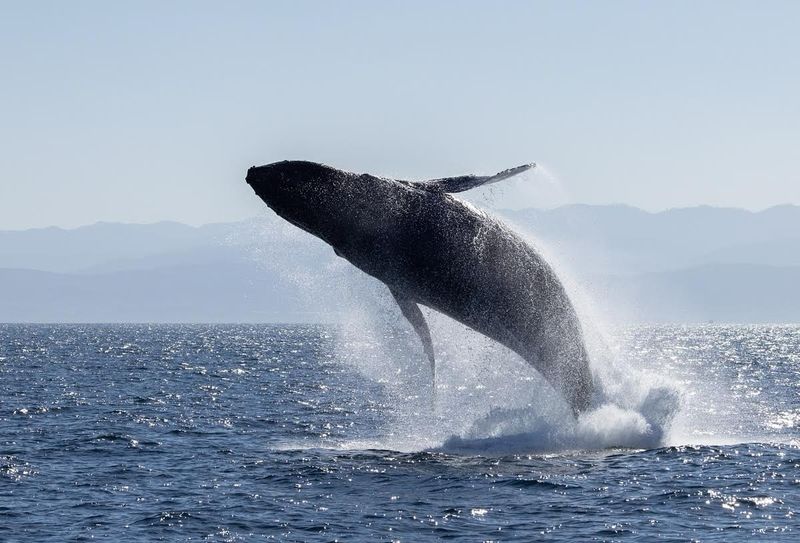
The haunting songs of the humpback whale are once again echoing through the waters near Acadia National Park. These magnificent creatures, known for their complex vocalizations and acrobatic breaches, have made a strong comeback.
Conservation efforts, including international hunting bans, have been instrumental in their recovery. Humpback whales undertake long migrations, traveling thousands of miles between feeding and breeding grounds.
Watching a humpback breach is a breathtaking sight, symbolizing hope for marine life. Their return to the north Atlantic waters is a triumph for global conservation initiatives and marine biodiversity.
River Otter

With boundless energy and playful antics, the river otter is frolicking through Shenandoah National Park once more. These charismatic creatures were once threatened by habitat destruction but have made a notable resurgence.
River otters are known for their playful behavior and social nature, often seen sliding down riverbanks. Did you know? They can hold their breath underwater for up to eight minutes.
Their presence in the park is a positive indicator of ecosystem health, as they are top predators in aquatic environments. Watching them at play is a delightful experience for visitors.
Grizzly Bear
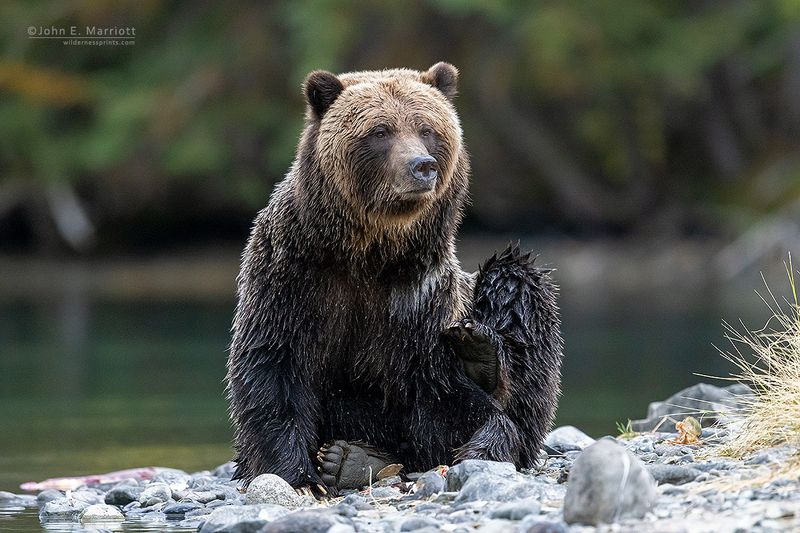
With a powerful presence and a lumbering gait, the grizzly bear is reclaiming its territory in Glacier National Park. These formidable mammals are a symbol of wilderness and have shown resilience amid challenges.
Conservation efforts and protected habitats have allowed their numbers to grow. Grizzly bears are known for their strength and intelligence, often using tools to find food.
A mother bear with her cubs is a heartwarming sight, highlighting family bonds and survival instincts. Spotting a grizzly in the wild is an exhilarating experience, underscoring the success of preservation initiatives.
Desert Tortoise
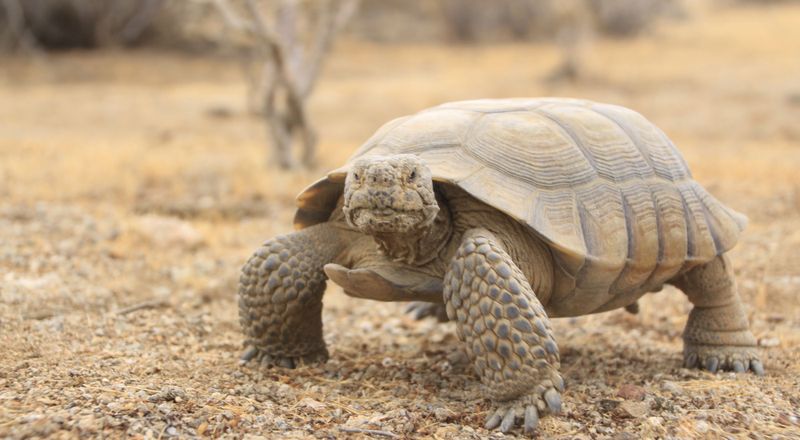
In the sun-soaked terrain of Joshua Tree National Park, the desert tortoise is slowly making a comeback. These ancient reptiles are icons of survival, adapted to harsh conditions.
Conservation efforts have focused on habitat protection and reducing human impact. Desert tortoises are known for their longevity, living up to 80 years in the wild.
Did you know? They can survive months without water, obtaining moisture from the vegetation they consume. Their return is a testament to patience and resilience, showcasing the importance of protecting fragile desert ecosystems.
Red-Cockaded Woodpecker
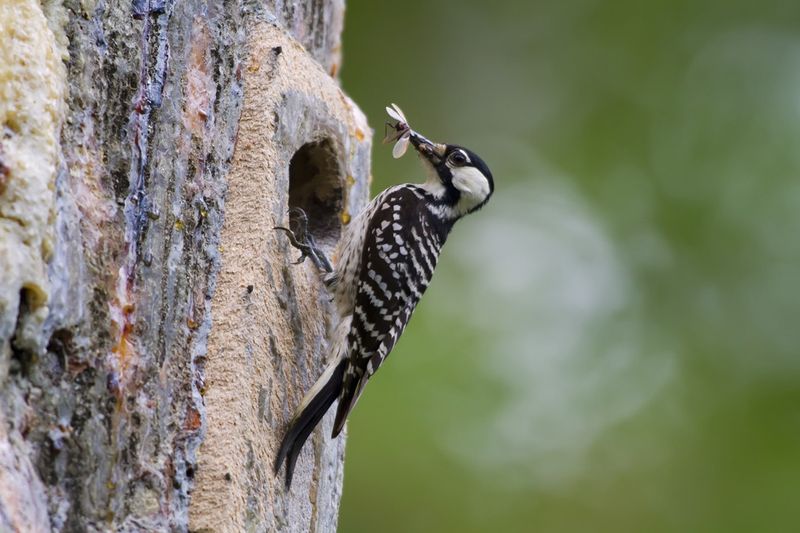
With distinctive black-and-white plumage and a splash of red, the red-cockaded woodpecker is thriving in the Great Smoky Mountains National Park. Once endangered due to habitat loss, these resilient birds have made a remarkable recovery.
Conservationists have worked hard to preserve the longleaf pine ecosystems crucial for their survival. These woodpeckers are unique in that they excavate cavities in live trees for nesting.
Did you know? They are one of the few woodpecker species to live in cooperative family groups. Their presence is a sign of healthy forest management and biodiversity preservation.
Manatee
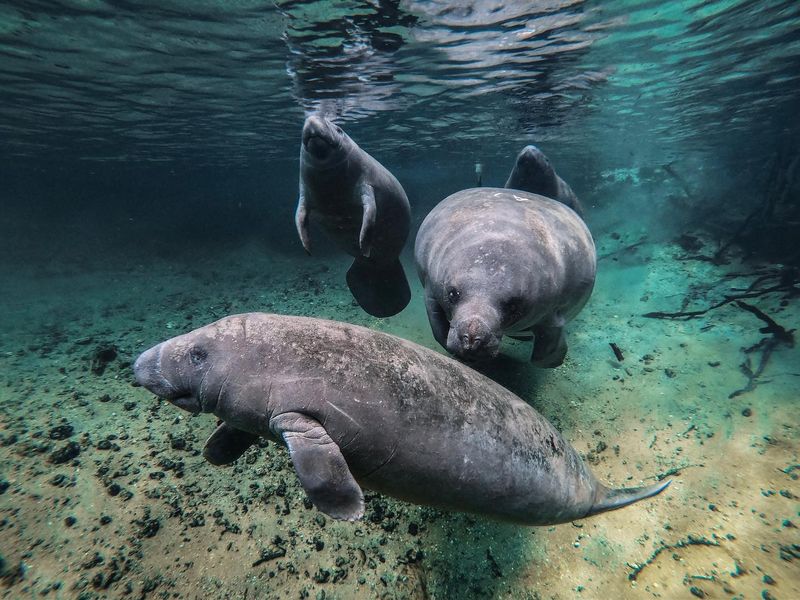
Gliding gracefully through the warm waters of Biscayne National Park, the manatee is a symbol of marine conservation. These gentle giants were once on the brink of extinction due to human activities.
Protective measures, such as boat speed regulations, have helped their populations recover. Manatees are herbivores, grazing on aquatic vegetation, which helps maintain healthy water ecosystems.
Did you know? They can weigh up to 1,200 pounds. Observing a manatee in its natural habitat is a serene experience, highlighting the success of conservation efforts and the importance of habitat protection.
Rocky Mountain Bighorn Sheep
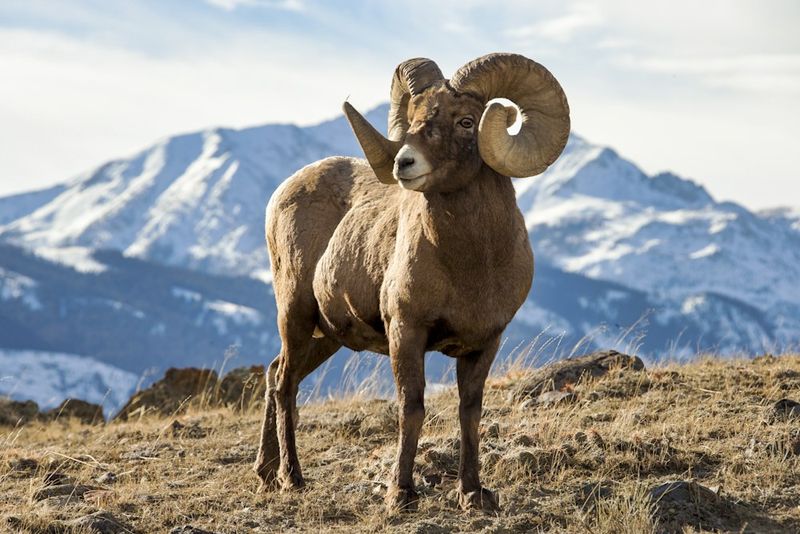
With their iconic curved horns and sure-footed agility, the Rocky Mountain bighorn sheep are once again scaling the cliffs of Yosemite National Park.
These majestic animals are emblematic of rugged wilderness and have made a strong comeback through dedicated conservation efforts. Bighorn sheep are adept climbers, navigating steep, rocky terrain with ease.
Did you know? Their horns can weigh up to 30 pounds. Observing these resilient creatures in their natural habitat is a testament to successful wildlife management, providing inspiration for ongoing conservation initiatives across the nation.
American Alligator

Lurking in the swamps and waterways of Everglades National Park, the American alligator is a success story of conservation. Once endangered, their populations have rebounded due to legal protection and habitat restoration.
Alligators are apex predators, playing a key role in maintaining wetland ecosystems. These creatures are known for their powerful jaws and stealthy hunting techniques.
Did you know? Alligators can live up to 50 years in the wild. Their presence in the park is a symbol of ecological balance and the effectiveness of preservation efforts, embodying the wild essence of the Everglades.
Northern Elephant Seal
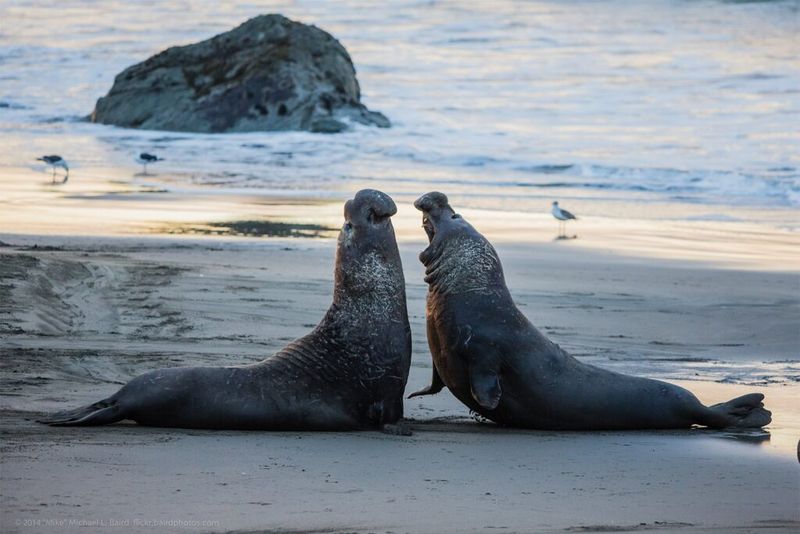
Basking on the beaches of Point Reyes National Seashore, the northern elephant seal is making a grand return. With their distinctive trunk-like noses and massive size, these seals are a testament to marine revival.
They were once hunted to near extinction for their blubber. Conservation efforts have led to the resurgence of their populations along the California coast.
Elephant seals are known for their impressive diving abilities, reaching depths of over 5,000 feet. Observing them in the wild is a powerful reminder of nature’s resilience, highlighting successful conservation measures.
Pronghorn
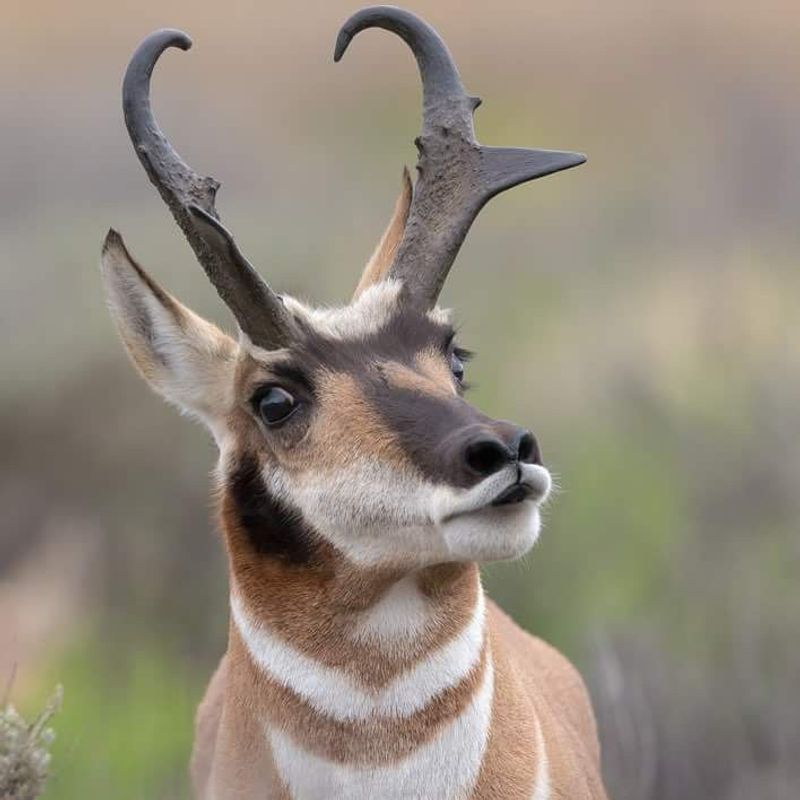
With unmatched speed and grace, the pronghorn is reclaiming the open plains of Badlands National Park. These unique mammals are the fastest land animals in North America, capable of reaching speeds up to 55 miles per hour.
Conservation efforts have restored their habitats, allowing populations to flourish. Pronghorns are known for their incredible endurance, often migrating great distances.
Did you know? Despite their speed, they lack the ability to jump over fences, relying on their agility to go under them instead. Their presence is a triumph for wildlife preservation, embodying the spirit of the American plains.
American Red Wolf
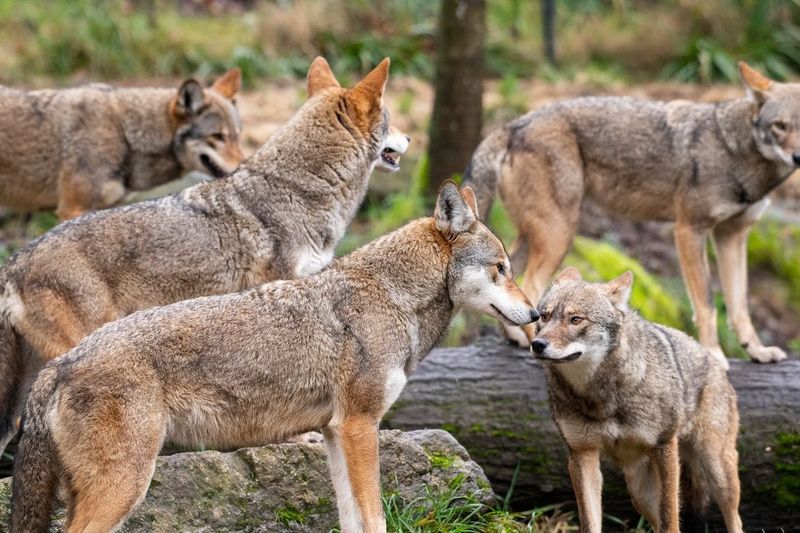
The American Red Wolf, once teetering on the brink of extinction, has made a remarkable recovery in the heart of North Carolina. Known for its striking reddish coat and elusive nature, this predator is crucial to its ecosystem.
In recent years, conservation efforts have helped revitalize the population. Once reduced to just a handful, the Red Wolf’s numbers are gradually increasing, contributing to the balance of the region’s biodiversity.
Did you know? The howl of the American Red Wolf can travel up to a mile, an eerie yet beautiful sound echoing through the forest.

